Saltwater vs Freshwater Pearls: Which Pearl is Best?

Choosing between saltwater and freshwater pearls is a pivotal decision for connoisseurs and collectors of fine jewellery.
This choice is paramount, as it significantly impacts the pearl's quality, appearance, and overall value. In this article, we embark on an enlightening journey through the captivating world of pearls, delving into the distinctions between saltwater and freshwater varieties.
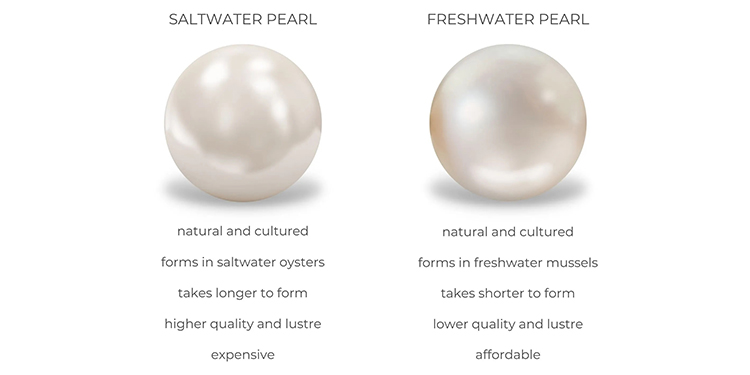
We will explore their origin, cultivation methods, unique characteristics, and the merits of each type.
Whether you're seeking a timeless classic or a more budget-friendly option, understanding the nuances between saltwater and freshwater pearls is essential in making an informed and gratifying purchase.
Types of Pearls
When it comes to pearls, there are two primary categories: Saltwater Pearls and Freshwater Pearls.
Each type possesses distinct characteristics and originates from different environments, making them unique in their own right. Here's a closer look at each:
Saltwater Pearls
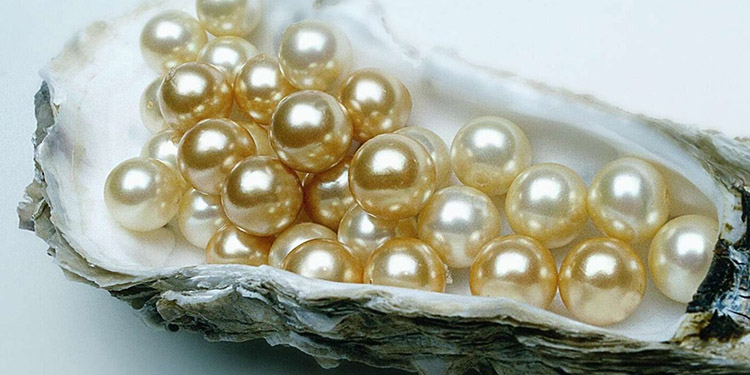
1. Cultivation: Saltwater pearls are cultivated within saltwater pearl oysters, which can be found in oceans and seas across the globe.
These oysters are renowned for their ability to produce exquisite pearls.
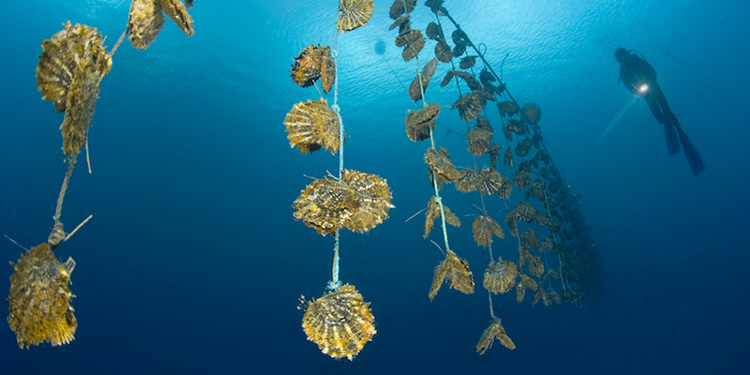
2. Varieties: Saltwater pearls encompass a diverse range of pearl types, including:
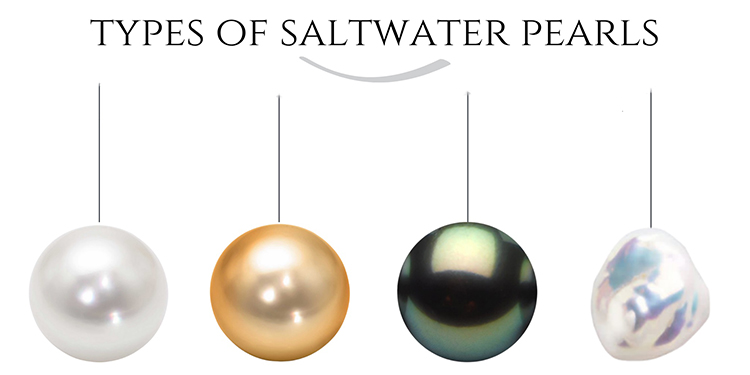
●Japanese Akoya Pearls are renowned for their lustrous, white-to-cream-coloured appearance and have long been prized for their elegance and timeless beauty.
●Tahitian Pearls: Hailing from the warm waters of the South Pacific, Tahitian pearls exhibit a captivating spectrum of natural colors, ranging from dark grey to black, making them an exotic and sought-after choice.
●White South Sea Pearls: Cultivated primarily in Australia, the Philippines, and Indonesia, they are celebrated for their large size and striking, lustrous white or silver hues.
●Golden South Sea Pearls: Rare and abundant, golden South Sea pearls are cultivated in the same regions as white South Sea pearls but are characterised by their breathtaking natural golden and champagne tones.
Freshwater Pearls
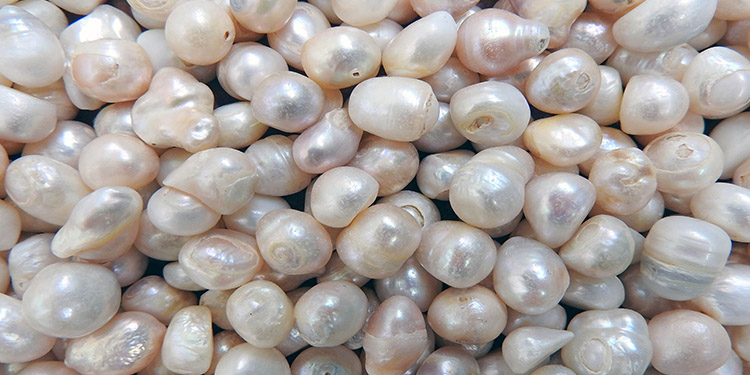
1. Cultivation: Freshwater pearls are cultured in freshwater environments, such as ponds, rivers, and lakes, with China being a significant producer.
Mussels rather than oysters form these pearls.
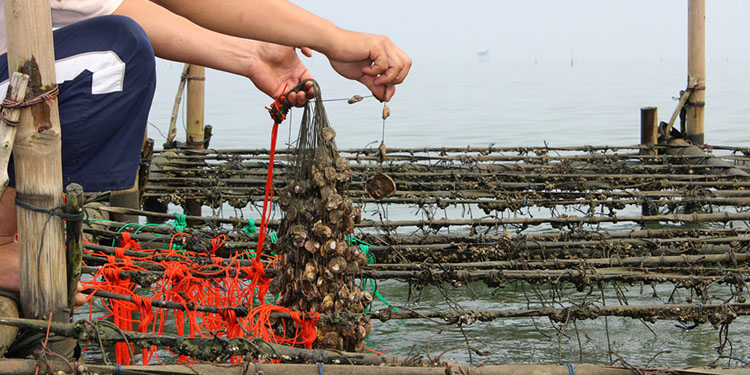
2. Characteristics: Freshwater pearls are known for their durability and versatility.
They are available in various shapes, sizes, and colours, including white, pink, lavender, and even unique shades like peacock green.
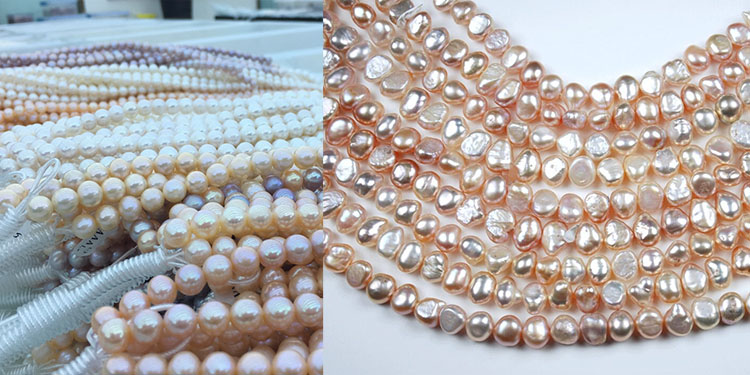
3. Affordability: One of the critical attractions of freshwater pearls is their affordability.
Due to their freshwater cultivation process, they are often more budget-friendly than their saltwater counterparts, making them an excellent choice for those seeking elegance without breaking the bank.
Pearl Characteristics Comparison
Luster

1. Akoya Pearls:
They are renowned for their mesmerising mirror-like lustre.
This characteristic gives them a distinct and captivating shine that is highly prized in the world of pearl jewellery.
2. Other Saltwater Pearls:
Other saltwater pearls, such as Tahitian and South Sea, offer a soft, satiny lustre.
While they may not possess the same mirror-like brilliance as Akoya pearls, their unique lustre imparts an elegant and luxurious appearance.
3. Freshwater Pearls:
Freshwater pearls also typically exhibit a soft, satiny lustre.
However, the quality of this lustre can vary among freshwater pearls, with higher-quality specimens often showcasing a more pronounced and appealing shine.
Pearl Shape
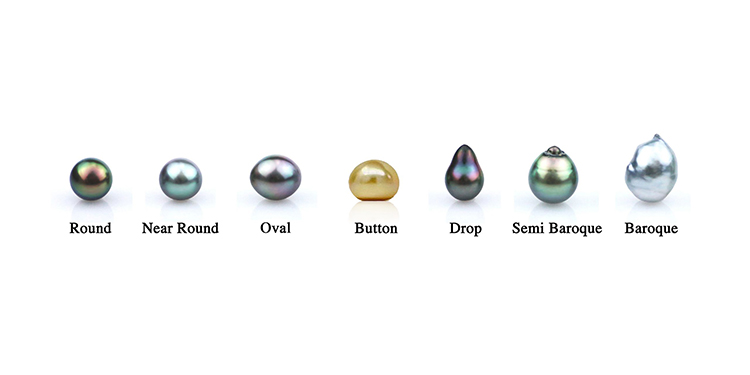
Pearl Pricing
1. Saltwater Pearls:
Saltwater pearls, including Akoya, Tahitian, and South Sea, are generally more expensive due to their rarity and the meticulous cultivation processes.
With their exceptional lustre and round shape, Akoya pearls command higher prices within this category.
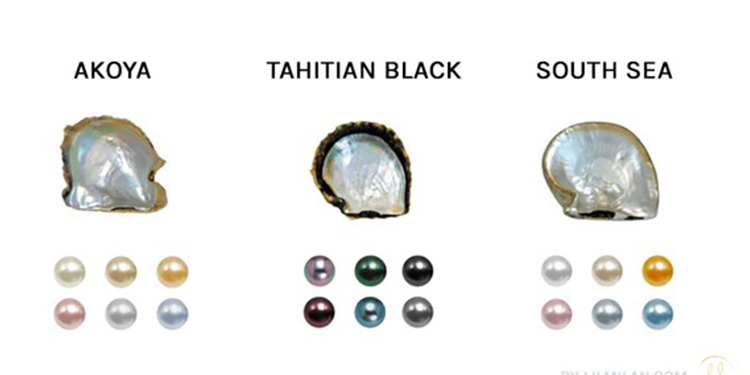
2. Freshwater Pearls:
Freshwater pearls are known for being more affordable and cost-effective.
Their availability in various shapes and the ability to cultivate multiple pearls in a single mussel contribute to their relatively lower price point.
This accessibility makes freshwater pearls an excellent choice for those seeking elegance without breaking the bank.
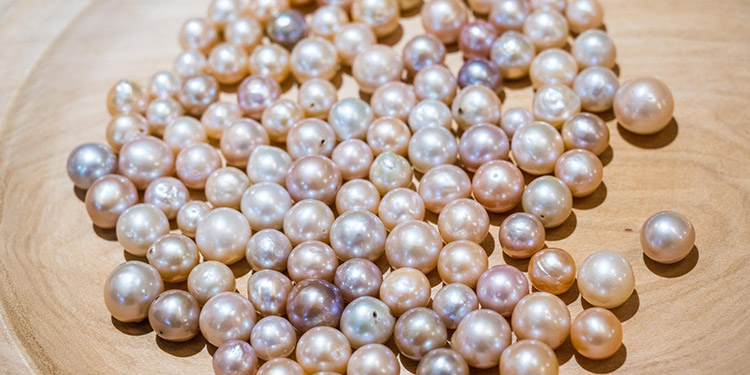
Factors to Consider When Choosing Pearls
Personal Preferences and Jewelry Goals
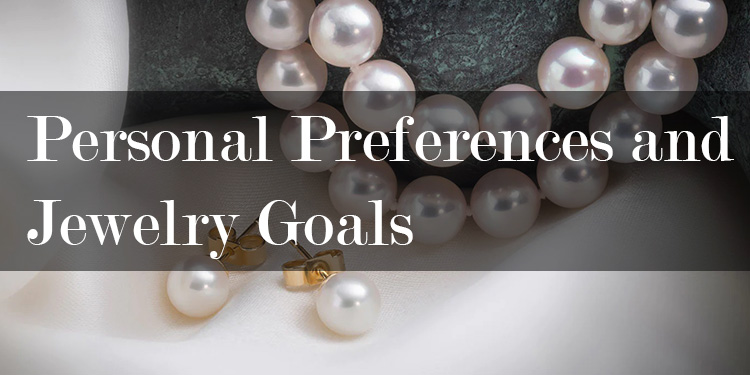
When selecting pearls, start by assessing your personal preferences and jewellery goals.
Consider the pearl's size, shape, and colour to ensure it complements your style and tastes.
Round pearls exude classic elegance, while baroque pearls offer a more unique and artistic flair.
Additionally, factor in factors such as lustre and surface quality, as these aspects significantly impact a pearl's overall appearance.
Budget Considerations

Budget is a crucial factor when choosing pearls.
Saltwater pearls like Akoyas and South Sea are pricier than freshwater pearls.
Establish a realistic budget and explore options within that range.
Remember that high-quality freshwater pearls can offer a budget-friendly alternative without compromising beauty.
Assess the overall value and quality of the pearls within your financial constraints.
Occasion and Wearability

Consider the occasion and how you plan to wear the pearls.
Durable and less fragile pearls like freshwater or Akoya can be ideal for everyday wear.
Due to their luxurious allure, Tahitian or South Sea pearls may be more appropriate for special occasions.
Remember the necklace length, earring style, and bracelet design to ensure your pearls harmonise seamlessly with your wardrobe and events.
Conclusion
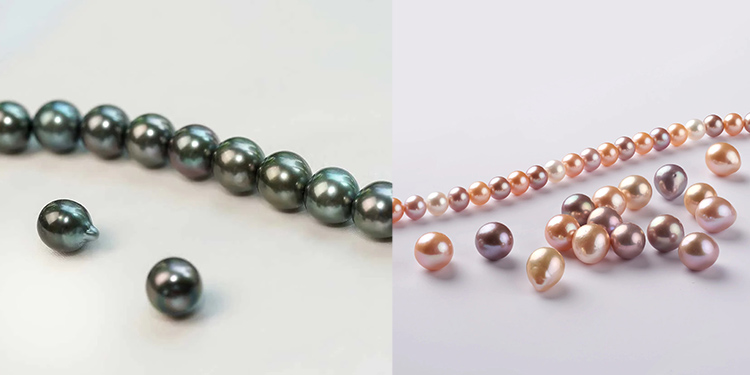
In conclusion, the choice between saltwater and freshwater pearls ultimately depends on your preferences, budget, and the occasions you have in mind.
Both types offer unique beauty and versatility, catering to different tastes and requirements.


Leave a Comment